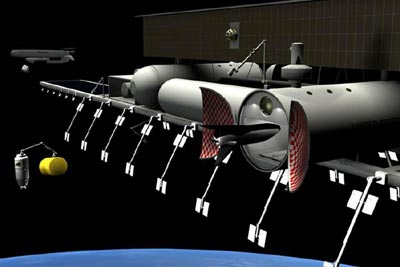Apr 8, 2008
Disruptions from small recessions to extinctions
Posted by Brian Wang in categories: biotech/medical, business, defense, existential risks, futurism, habitats, lifeboat, nanotechnology, space, sustainability
Cross posted from Next big future by Brian Wang, Lifeboat foundation director of Research
I am presenting disruption events for humans and also for biospheres and planets and where I can correlating them with historical frequency and scale.
There has been previous work on categorizing and classifying extinction events. There is Bostroms paper and there is also the work by Jamais Cascio and Michael Anissimov on classification and identifying risks (presented below).
A recent article discusses the inevtiable “end of societies” (it refers to civilizations but it seems to be referring more to things like the end of the roman empire, which still ends up later with Italy, Austria Hungary etc… emerging)
Continue reading “Disruptions from small recessions to extinctions” »








